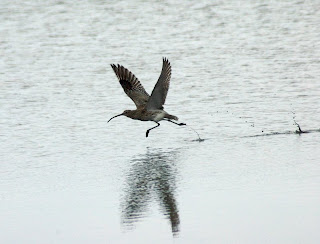
Having been registered here for a while, I thought it was time to put keyboard to screen or "pen to paper". My first test a few months ago mysteriously disappeared while updating and this kind of reduced the enthusiasm.
Well summer was hectic but winter has now arrived in Rome and probably time to catch-up with all the tasks that were postponed over summer. The only problem is that I still appear to be as busy as ever. When I eventually get time to get hold of friends it always seems to be well after their likely bedtime and I think I will then contact them tomorrow. So far this strategy has not worked! :-(
Over summer, I have also been experimenting with
Facebook and with
Flickr (which I prefer to Picasso). It has been highly frustrating that I have not updated
my website as while re-organizing my hard drive, I lost all the links to my images ....... and there are hundreds of these links I now have to re-do! Have a look while you can :-)
I am desperately waiting for Apple to upgrade Aperture so that I can continue processing my images with the new tools .... I am many thousands behind. I am hoping, against all odds I think, that this will happen before Xmas.
So much for rambling, I now need to get a few house chores done!!


















